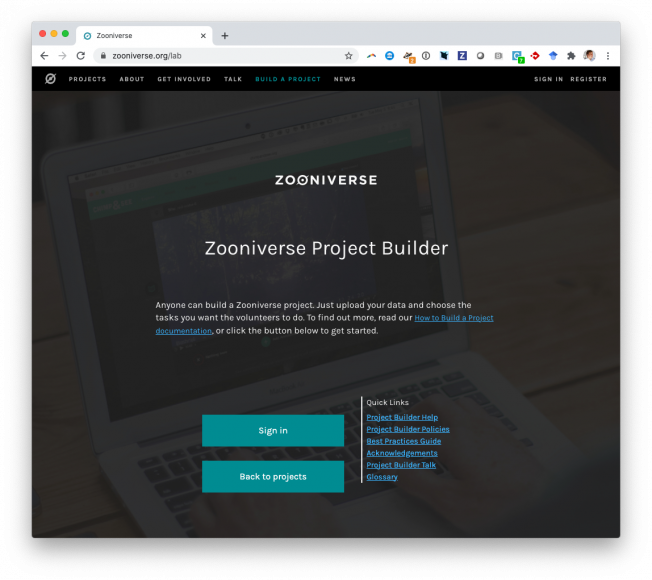Planet Hunters TESS. V. A Planetary System Around a Binary Star, Including a Mini-Neptune in the Habitable Zone
Astronomical Journal IOP Publishing 167:5 (2024) 241
Abstract:
We report on the discovery and validation of a transiting long-period mini-Neptune orbiting a bright (V = 9.0 mag) G dwarf (TOI 4633; R = 1.05 R ⊙, M = 1.10 M ⊙). The planet was identified in data from the Transiting Exoplanet Survey Satellite by citizen scientists taking part in the Planet Hunters TESS project. Modelling of the transit events yields an orbital period of 271.9445 ± 0.0040 days and radius of 3.2 ± 0.20 R ⊕. The Earth-like orbital period and an incident flux of 1.56−0.16+0.20 F ⊕ places it in the optimistic habitable zone around the star. Doppler spectroscopy of the system allowed us to place an upper mass limit on the transiting planet and revealed a non-transiting planet candidate in the system with a period of 34.15 ± 0.15 days. Furthermore, the combination of archival data dating back to 1905 with new high angular resolution imaging revealed a stellar companion orbiting the primary star with an orbital period of around 230 yr and an eccentricity of about 0.9. The long period of the transiting planet, combined with the high eccentricity and close approach of the companion star makes this a valuable system for testing the formation and stability of planets in binary systems.Planet Hunters NGTS: New Planet Candidates from a Citizen Science Search of the Next Generation Transit Survey Public Data
Astronomical Journal IOP Publishing 167:5 (2024) 238
Abstract:
We present the results from the first two years of the Planet Hunters Next Generation Transit Survey (NGTS) citizen science project, which searches for transiting planet candidates in data from the NGTS by enlisting the help of members of the general public. Over 8000 registered volunteers reviewed 138,198 light curves from the NGTS Public Data Releases 1 and 2. We utilize a user weighting scheme to combine the classifications of multiple users to identify the most promising planet candidates not initially discovered by the NGTS team. We highlight the five most interesting planet candidates detected through this search, which are all candidate short-period giant planets. This includes the TIC-165227846 system that, if confirmed, would be the lowest-mass star to host a close-in giant planet. We assess the detection efficiency of the project by determining the number of confirmed planets from the NASA Exoplanet Archive and TESS Objects of Interest (TOIs) successfully recovered by this search and find that 74% of confirmed planets and 63% of TOIs detected by NGTS are recovered by the Planet Hunters NGTS project. The identification of new planet candidates shows that the citizen science approach can provide a complementary method to the detection of exoplanets with ground-based surveys such as NGTS.The Weird and the Wonderful in Our Solar System: Searching for Serendipity in the Legacy Survey of Space and Time
The Astronomical Journal American Astronomical Society 167:3 (2024) 118
The weird and the wonderful in our Solar System: Searching for serendipity in the Legacy Survey of Space and Time
(2024)
A deep neural network based reverse radio spectrogram search algorithm
RAS Techniques and Instruments Oxford University Press 3:1 (2023) 33-43



